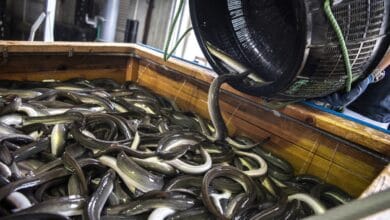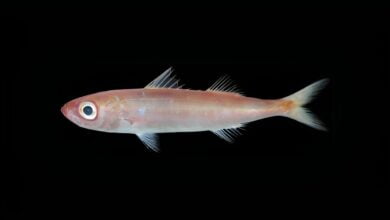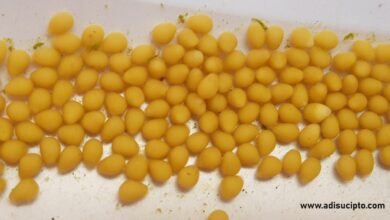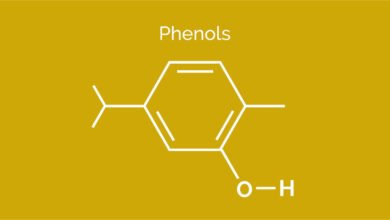According to Adi Sucipto (Me), aquaculture is the manifestation of vision, taste, and creativity to enhance the quality, quantity, and continuity of aquatic organisms resulting from their interaction with the environment. In practice, aquaculture involves the controlled maintenance, breeding, and management of aquatic organisms, whether in ponds, cages, or tanks. Its primary goal is to mass-produce aquatic organisms such as fish, shrimp, clams, and other water-dwelling species to meet consumer demand.
One of the significant benefits of aquaculture is its contribution to global food security. As the world’s population continues to grow, the demand for high-quality protein sources rises. Aquaculture provides an effective alternative for producing nutritious animal protein and meeting nutritional needs. Additionally, it helps alleviate pressure on dwindling natural resources, such as overfished wild fish stocks.
However, traditional aquaculture methods often face challenges related to water quality, disease outbreaks, and environmental impact. In recent years, biofloc technology (BFT) has emerged as a promising solution to address these issues.
- Understanding Biofloc Technology: Biofloc technology revolves around cultivating dense aggregates of beneficial microorganisms within aquaculture systems. These microorganisms form biofloc, which serve as natural filters, nutrient recyclers, and supplemental feed sources for fish and shrimp. Unlike conventional systems that rely on frequent water exchange, BFT emphasizes water conservation and nutrient utilization.
- The Role of Biofloc: Biofloc consist of bacteria, algae, protozoa, and other microorganisms. They thrive on organic matter, such as uneaten feed and feces, converting it into microbial biomass. This process maintains a balanced carbon-nitrogen ratio, benefiting both the aquatic organisms and the overall ecosystem.
- Environmental Benefits: BFT significantly reduces water exchange requirements. By minimizing the discharge of nutrient-rich water, it mitigates environmental pollution. Additionally, biofloc act as a sink for excess nutrients, preventing their release into surrounding water bodies.
- Improved Feed Efficiency: The microorganisms in biofloc enhance feed utilization. They activate digestive enzymes in fish and shrimp, leading to better nutrient absorption. As a result, aquaculture practitioners observe improved growth rates and reduced feed wastage.
- Disease Management and Immunity: Biofloc-fed fish exhibit enhanced immunity. The biofloc stimulate the immune system, making fish more resilient to pathogens. Reduced stress levels and improved health contribute to higher survival rates.
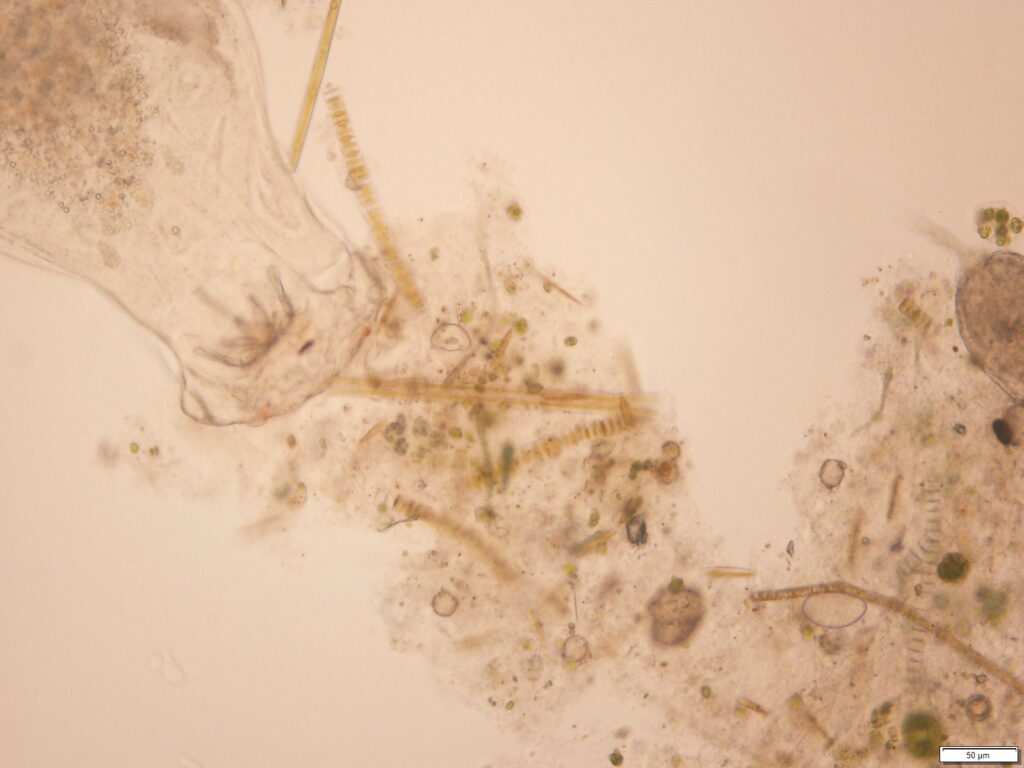
Biofloc technology (BFT) offers several benefits for aquaculture:
- Water Conservation:
- BFT reduces the need for frequent water exchange, minimizing water usage and conserving this precious resource.
- By maintaining water quality within the system, BFT promotes sustainable practices.
- Nutrient Recycling:
- Biofloc consist of beneficial microorganisms that consume organic matter (such as uneaten feed and feces).
- These microorganisms convert organic waste into microbial biomass, which serves as a natural source of feed for aquatic organisms.
- Nutrient recycling within the system enhances overall productivity.
- Improved Feed Efficiency:
- The microorganisms in biofloc activate digestive enzymes in fish and shrimp, leading to better feed utilization.
- Fish and shrimp grow more efficiently, resulting in higher production rates.
- Disease Management:
- Biofloc-fed fish exhibit enhanced immunity due to exposure to diverse microbial communities.
- Improved health and stress resistance reduce the risk of disease outbreaks.
- Environmental Impact Reduction:
- BFT minimizes nutrient discharge into the environment, preventing water pollution.
- It contributes to responsible aquaculture by reducing the ecological footprint.
- Cost-Effectiveness:
- Although initial setup costs may be involved, BFT can lead to long-term economic benefits.
- Reduced water exchange, lower feed wastage, and improved growth contribute to cost savings.
- Scalability and Adaptability:
- BFT can be implemented in various aquaculture systems, including ponds, tanks, and raceways.
- Its adaptability makes it suitable for small-scale and large-scale operations.
In summary, biofloc technology enhances water quality, promotes efficient resource utilization, and supports sustainable aquaculture practices. Its adoption contributes to the resilience and productivity of aquaculture systems.

